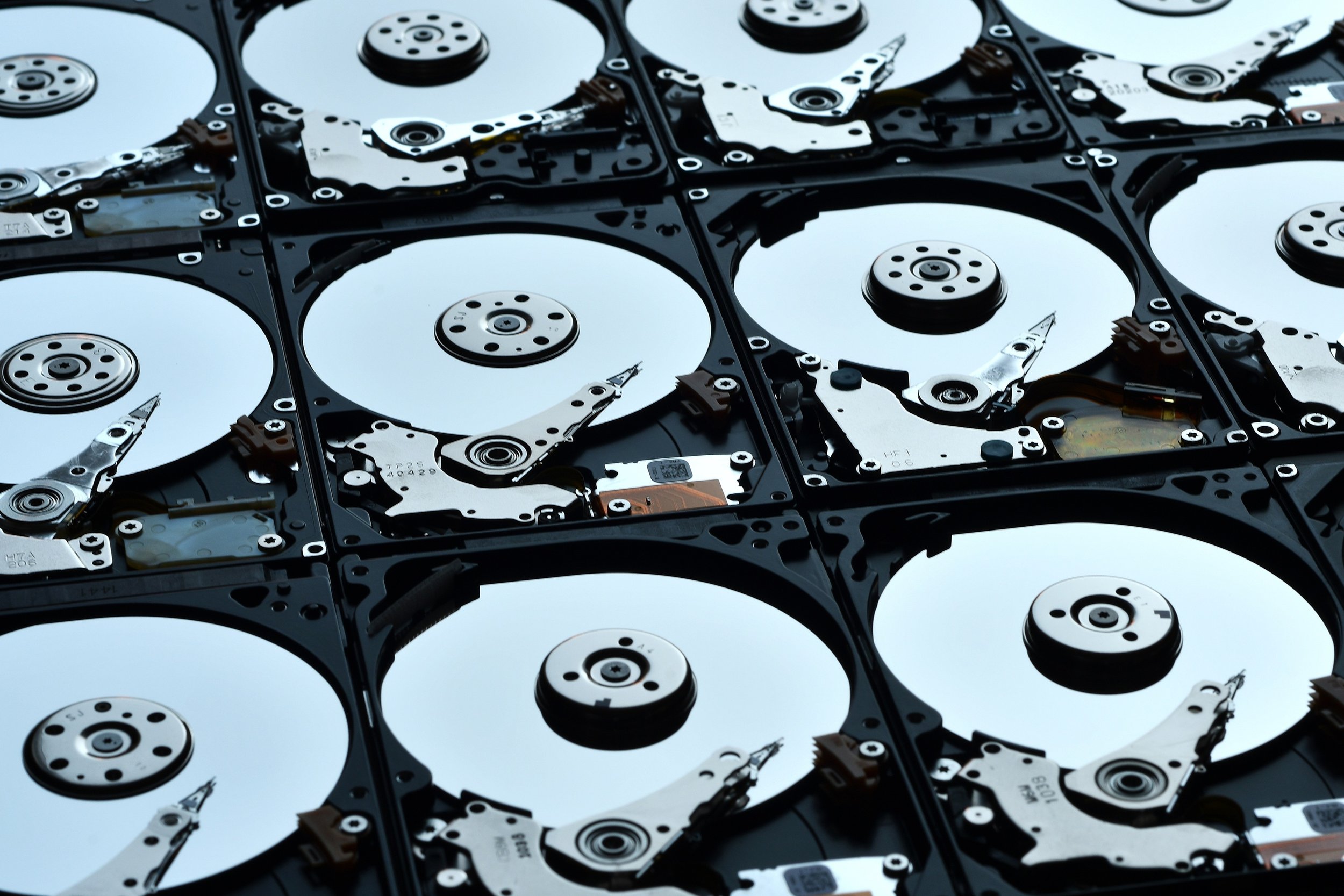Researchers have given us better insight into generating oxygen on Mars and our Moon if we are to build bases or habitats there. It turns out that creating oxygen on these worlds is slightly more challenging than on Earth. The team shared their findings in the journal nature communications.
Image Credit: mentalmind via Shutterstock / HDR tune by Universal-Sci
Existing atmospheres
As you probably know, the atmosphere on Mars is very thin, about 100 times thinner than the Earth’s atmosphere; in addition, it is almost entirely based on carbon dioxide.
When it comes to the Moon, we're even worse off; there is hardly any atmosphere at all. Its main components are helium, neon, and hydrogen gasses.
All in all not very friendly for life, at least life as we know it. If we aim to create livable habitats to live or stay for a considerable amount of time, we will have to make our own oxygen.
One way to create our own oxygen there would be by way of electrolysis. Using energy, we can split water molecules (H2O) into their separate components, oxygen (O2) and hydrogen (H). These components can be useful for life support as well as the on-site production of rocket fuel.
Electrolysis can be utilized to extract oxygen from lunar rocks. But there is also water ice to be found on both worlds, so the resources that would make this method viable are available.
Image Credit: VectorMine via Shutterstock
Difficulties in low gravity enrvironments
Aside from the thin to nonexistent atmospheres Mars and our Moon offer us another challenge to overcome in the form of low gravity. Mars has about one-third of the gravity (3.721 m/s²) we experience on Earth (9.807 m/s²), while the Moon has only half of thát (1.62 m/s²)
Scientists postulate that electrolysis works better in an environment with strong gravity than low gravity environments. Lower gravity can significantly affect the effectiveness of electrolysis as bubbles can get stuck to electrode surfaces and create a resistive layer.
Experiment
To find out exactly how lower gravity affects electrolysis, a group of scientists has devised an experiment. They designed a small centrifuge that could simulate various gravity levels applicable to the situation on Mars and our Moon.
The team then took this centrifuge on a so-called zero-gravity parabolic flight on an Airbus A310. To eliminate the influence of Earth's gravity, the airplane followed a parabolic trajectory. At the top of the parabola, the engines were turned off, and the aircraft would go into free fall for a few seconds. (During that time, almost no gravity is experienced inside the aircraft)
Flight trajectory for a typical zero gravity flight maneuverImage - (Image Credit: MikeRun/NASA Reduced Gravity Research Program via Wikimedia Commons)
Tested gravitational strengths varied from almost no gravity on the parabolic flights to eight times that of Earth back in the lab. Interesting fact: it is prohibited to create hydrogen during a parabolic flight due to fire risk. To prevent the creation of hydrogen, the team added copper sulfate to the experiments.
Results
The researchers found that, at worse, about 11% less oxygen was created in lunar gravity if the same operating parameters were used on Earth at 1g. This reduced production can be compensated by using more electricity. Luckily the additional power requirement turns out to be a relatively modest 1.1%
According to the scientists, these particular values are only applicable to the small test cell used in the experiment. Yet, they demonstrate that the reduced productivity in environments with lower gravity has to be taken into account when planning power budgets for habitats and bases operating on the Moon or Mars.
Sources and further reading:
If you enjoy our selection of content, consider subscribing to our newsletter - (Universal-Sci Weekly)
FEATURED ARTICLES:













